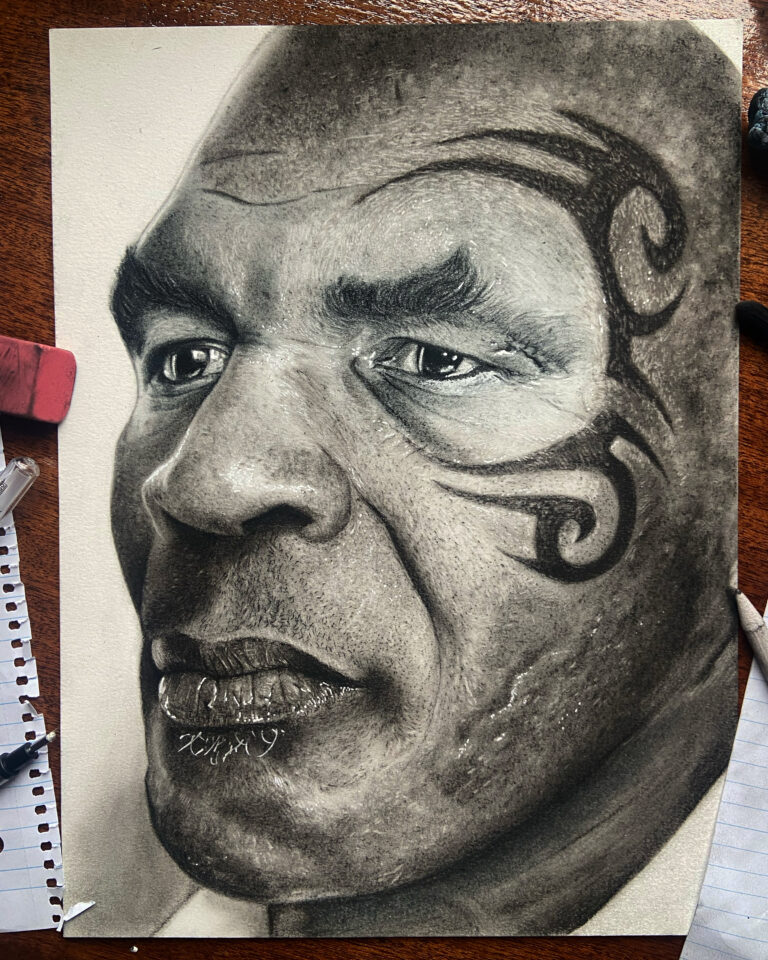‘Bluey’ messages resonate with kids and adults alike

In the golden age of streaming content, everyone probably has their favorite show, be it reruns of a bygone series, or anticipation for the newest adaptation.
If you asked enough people, you’d likely hear the praise of this popular fantasy drama or that historical romance, but one you might not expect is an animated Australian children’s cartoon about a little blue dog.
I became privy to “Bluey” over the summer when starting to introduce my toddler to kid-friendly shows. She quickly caught on and has since rejected any attempt to even try a new animated show or movie.
As it turned out, a lot of adults feel the same way too.
With its vibrant colors and captivating soundtrack, parents and child-free adults alike cite “Bluey” as their go-to “comfort show,” a show that no matter how many times they watch from beginning to end they still enjoy.
And I have to admit, after watching all three seasons through about a dozen times (and counting), I understand the appeal. When I was growing up, in many classic kids cartoons, and TV shows in general, there were running gags about the dysfunctional family trope where siblings didn’t get along or there’s thinly veiled resentment between spouses because of gender inequity.
Any plot-relevant conflict was usually resolved through yelling or even physical confrontation, and children were viewed by adults as obstacles that are best kept out of the way.
A good kid is a quiet kid.
Of course, all of this is filtered through a comedic lens so it’s easy to dismiss, yet these examples shape our world view especially as children.
A core philosophy apparent to viewers of “Bluey” is the faithful representation of healthy family dynamics and realistic gentle parenting styles.
It follows the Heeler family in their day-to-day life, with 6 year-old Bluey, her 4 year-old sister Bingo, and their Mum and Dad. How the Heelers go about their day may seem uneventful to casual audiences, but careful observers see the nuance.
The parents treat their children with respect, never demanding unquestionable obedience from them (unless there’s danger). Love and patience are never withheld or given out upon strict conditions, even in the midst of tantrums or public spectacle.
Don’t get me wrong, the adults in the show aren’t perfect. They get frustrated and tired of the antics like anyone would, especially when the kids make would-be simple tasks more complicated than they have to be.
But here’s the thing: they never blame the kids for acting like kids. There’s no chastising anyone for “not acting their age,” because the show celebrates that kids are supposed to be loud, energetic, curious, and playful.
Many people across generations are reflecting back on their childhoods and acknowledging that these were characteristics that they were often punished for instead of celebrated. While it was probably done unintentionally, it nevertheless shaped our perceptions of children and the role of the parent.
Who’d have thought something as simple as showing parents apologizing to children and owning up for their mistakes could be seen as revolutionary?
“Bluey” dismantles these perceptions one episode at a time, proving that our past experiences don’t have to be our future. Very rarely is there a show that can be an excellent rolemodel for adults as well as kids. If you’re brand new to the “Bluey” cinematic universe, a head’s up: that theme song’s gonna follow you long after the TV is turned off.








